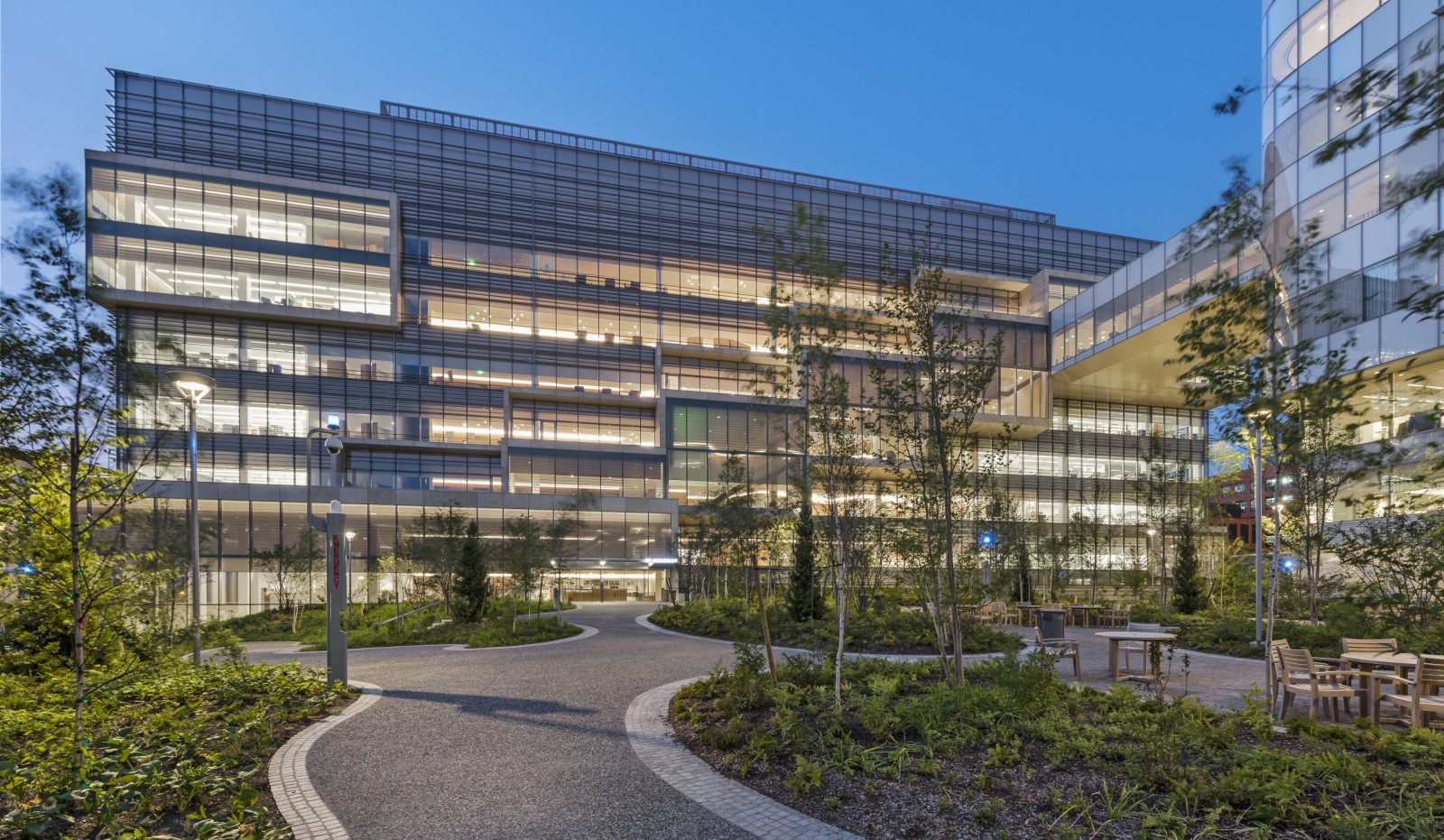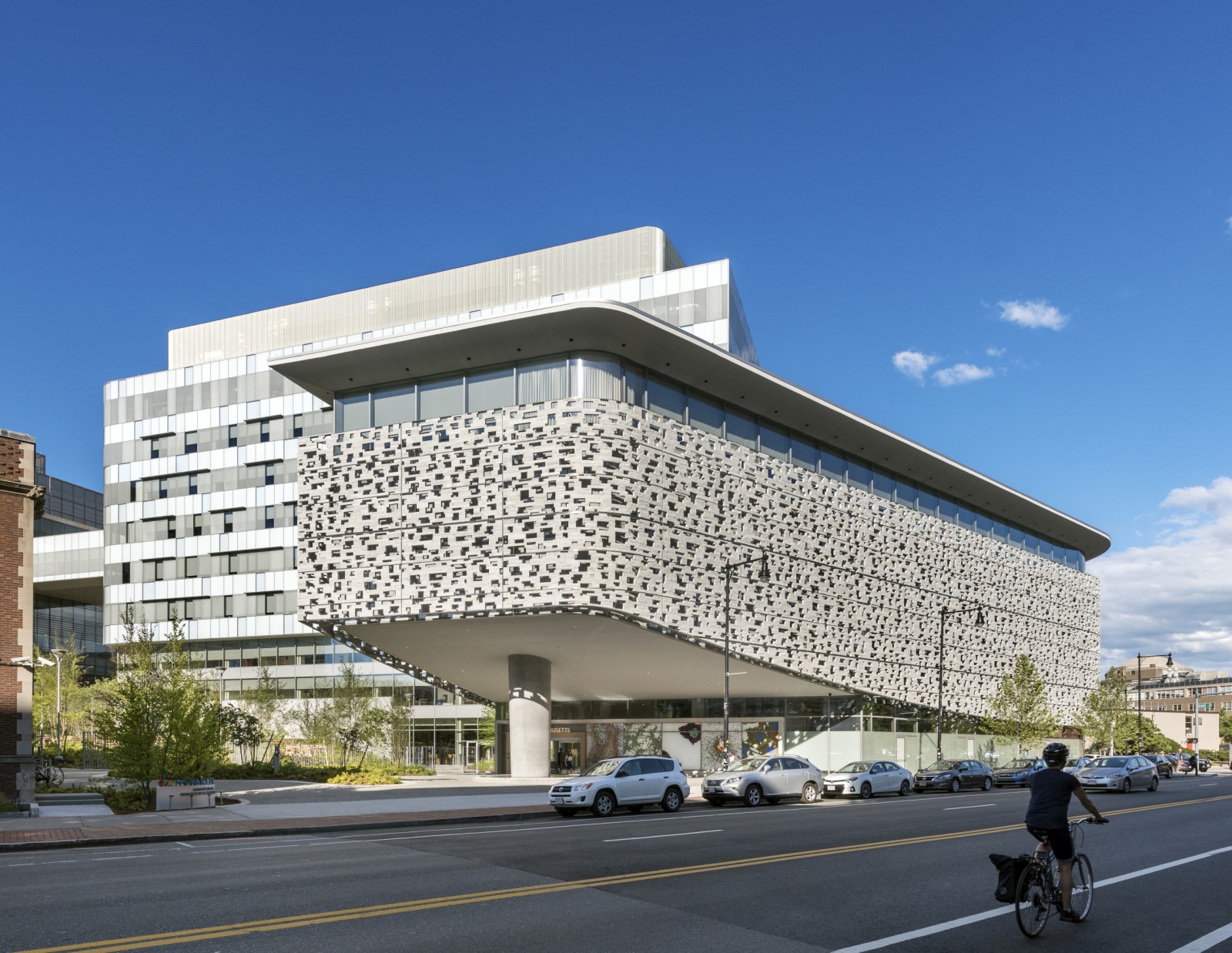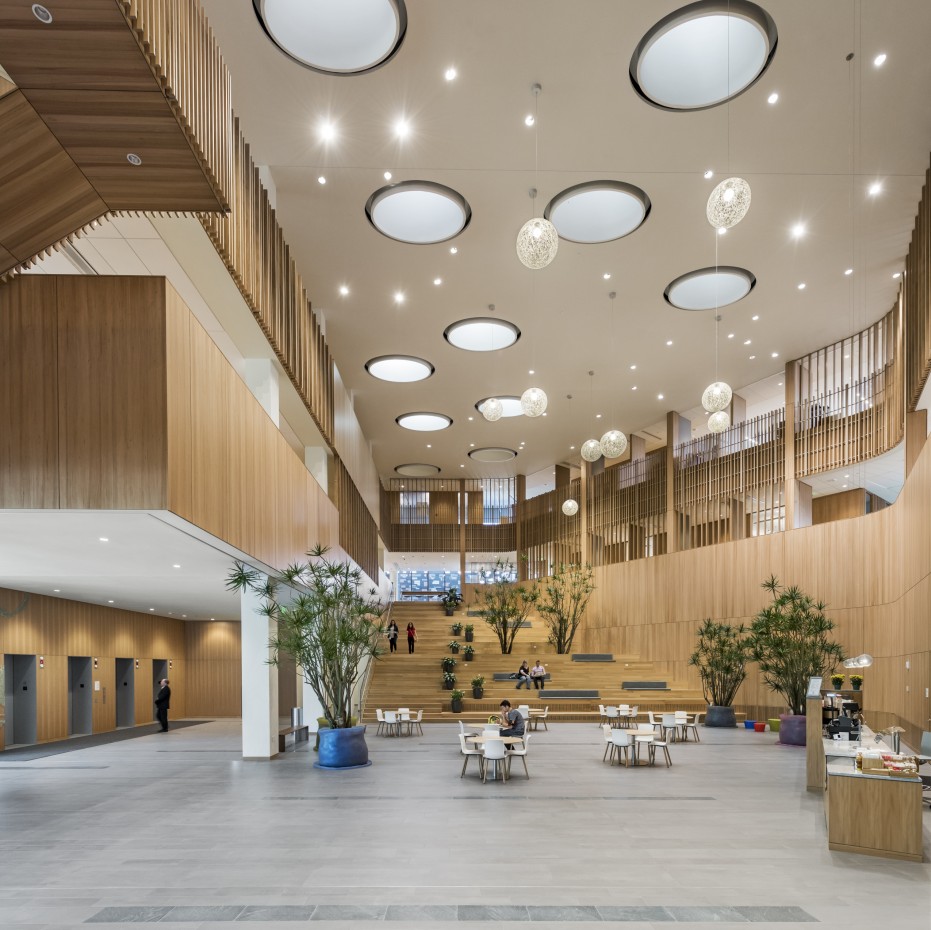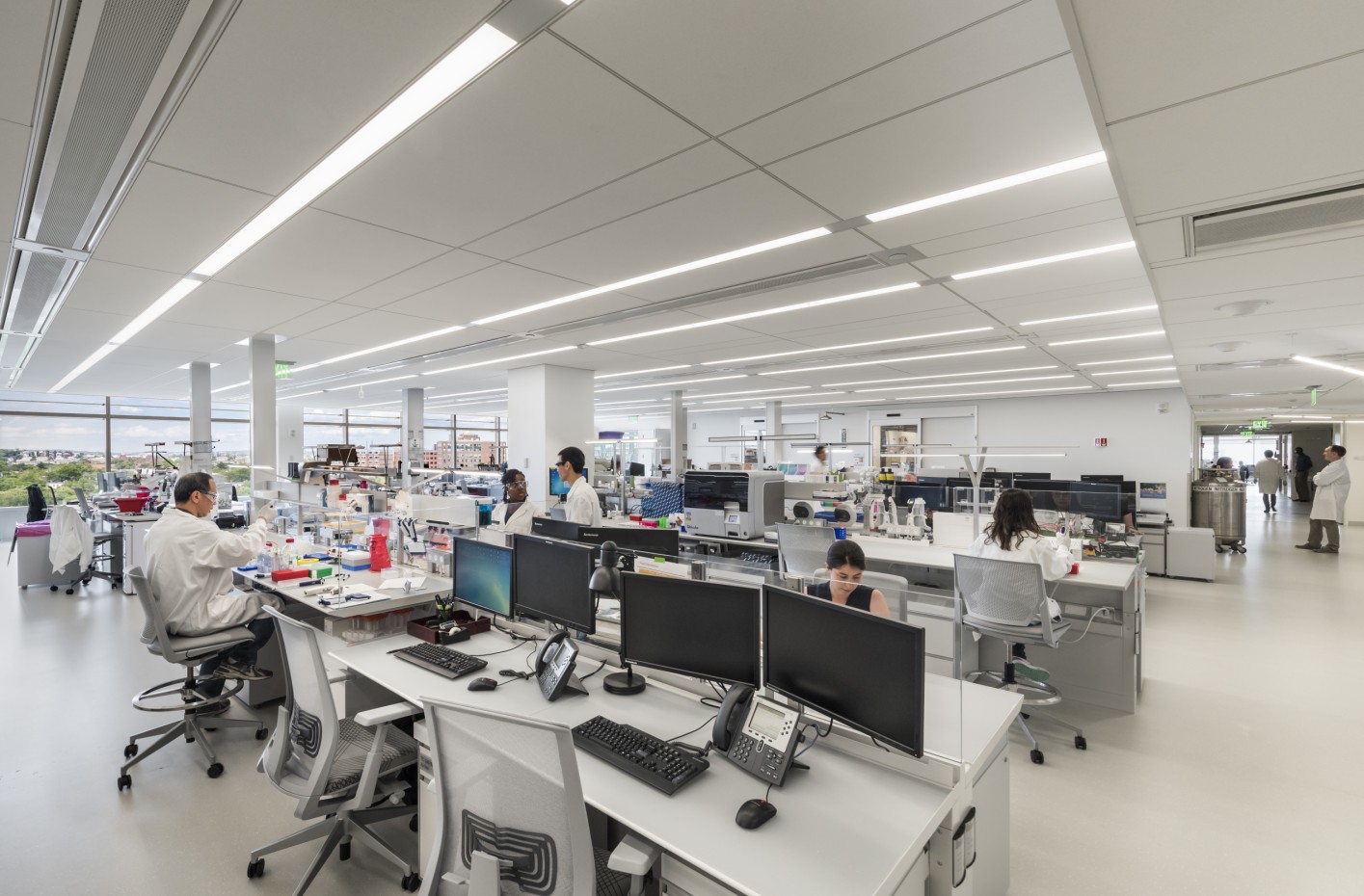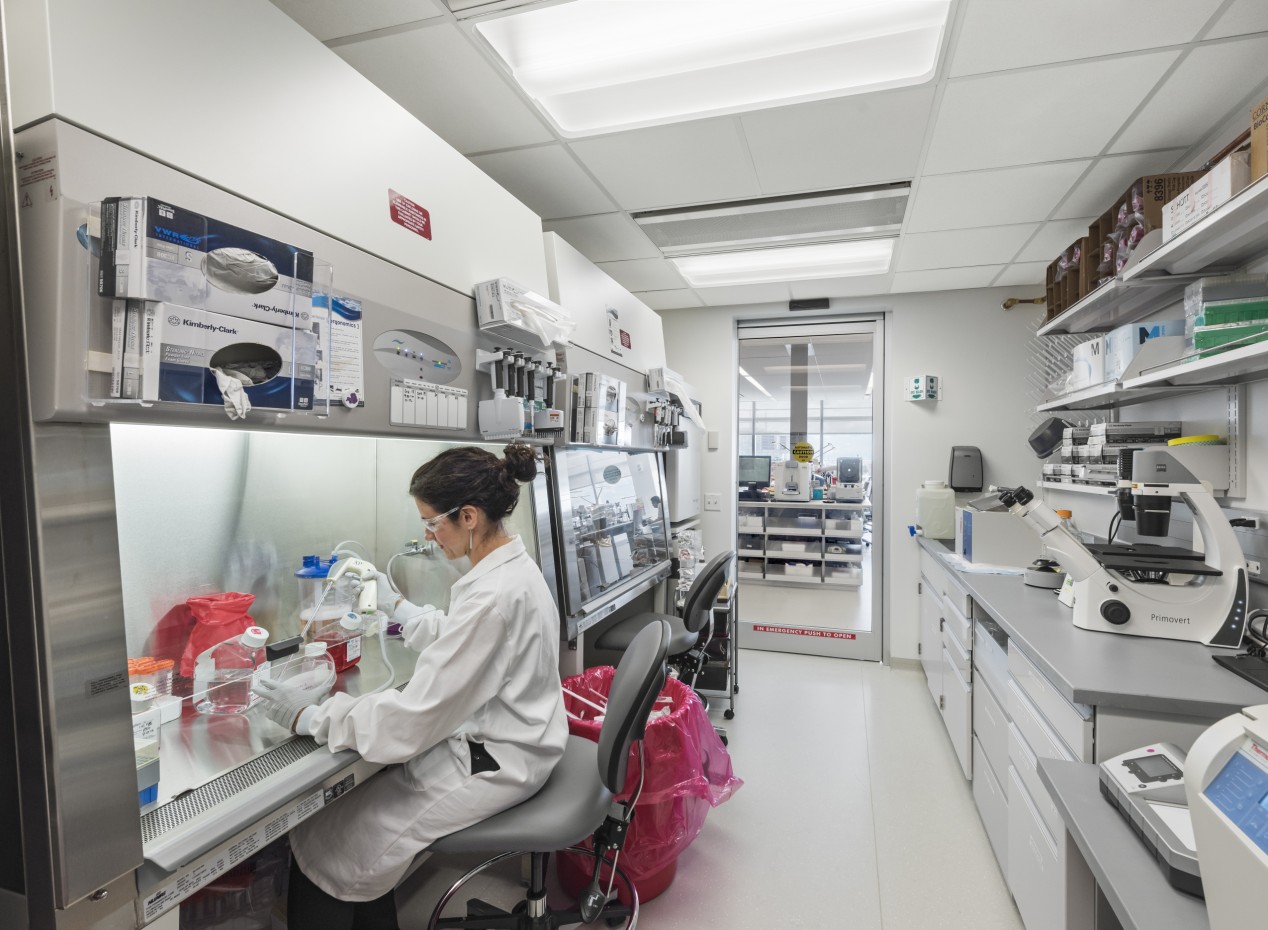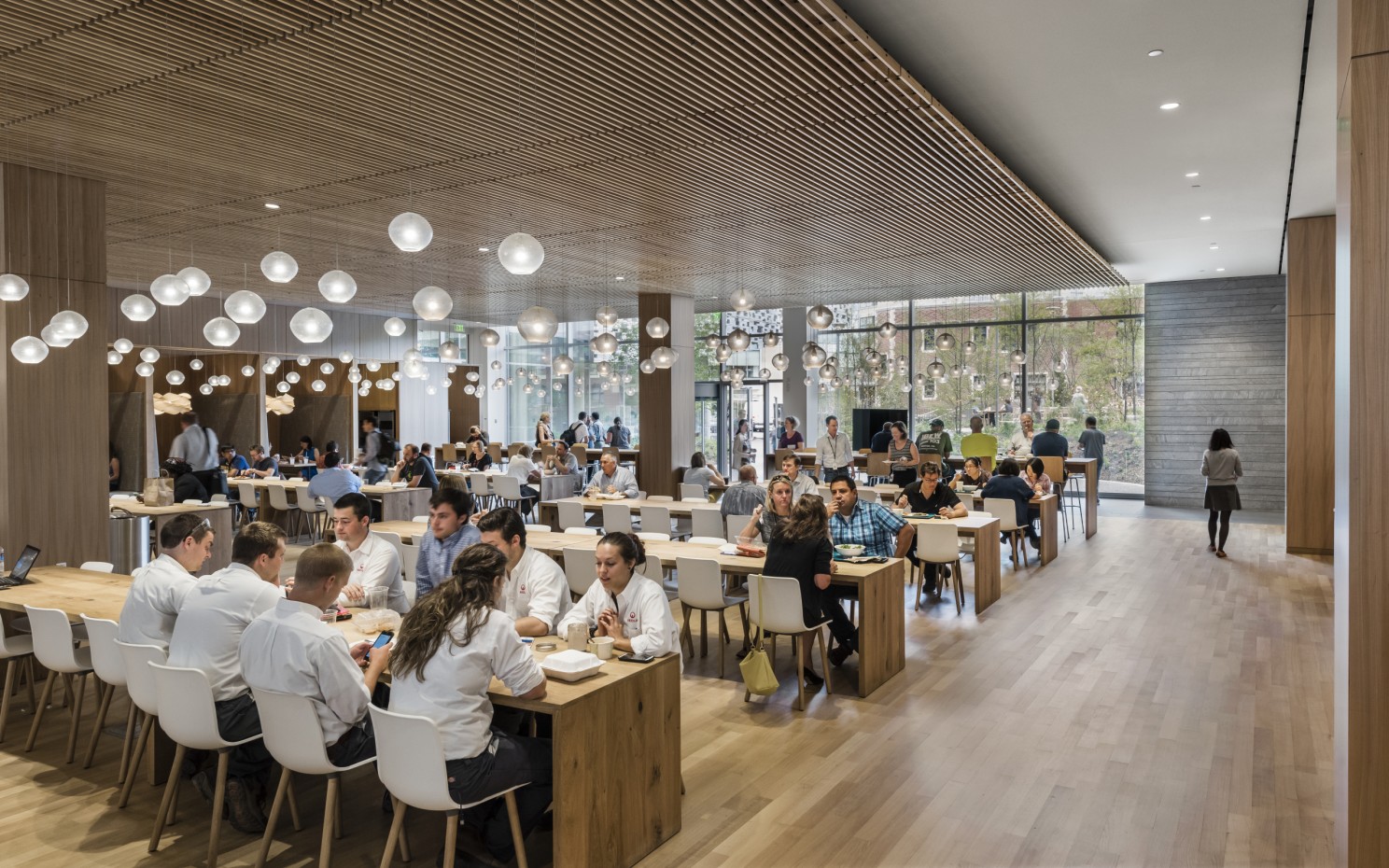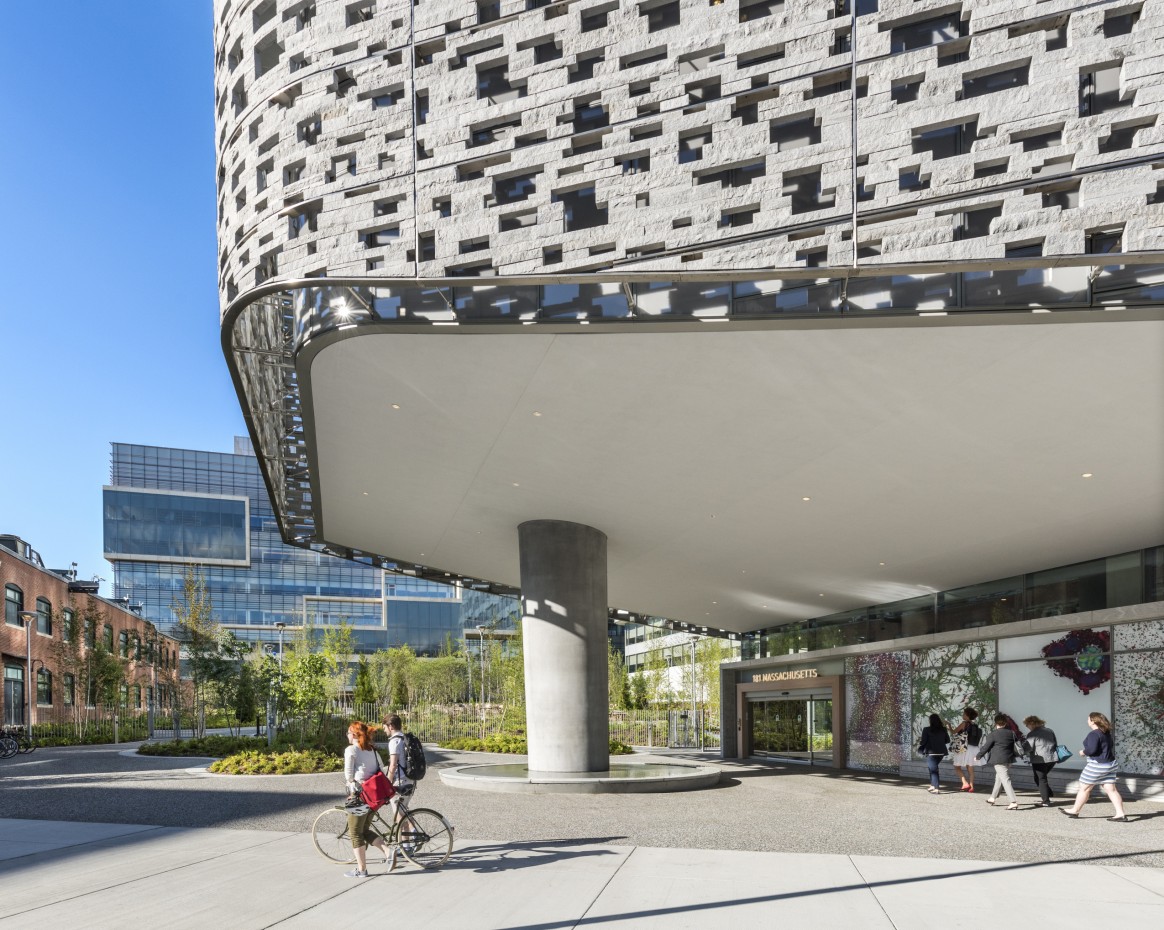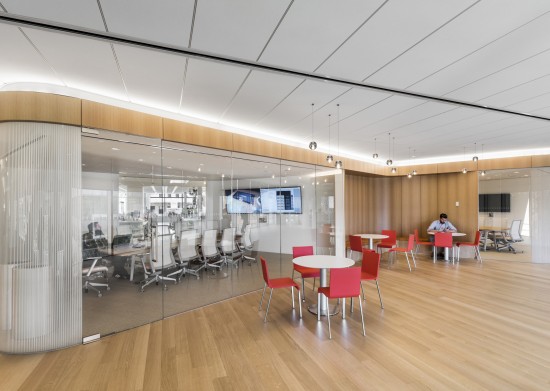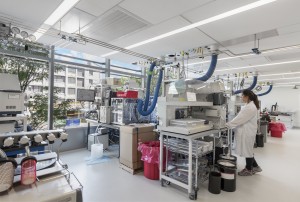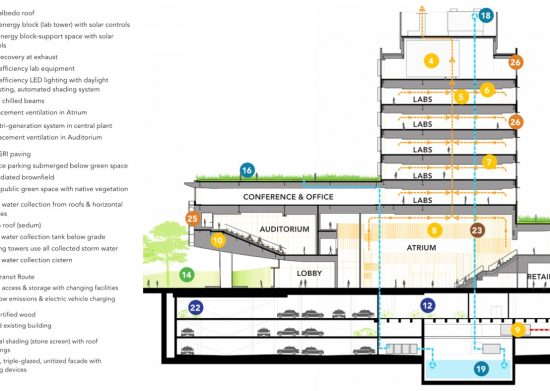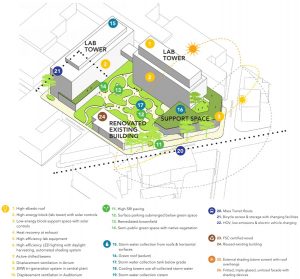Transforming the practice of biomedical research
The opportunities for pharmaceutical innovation are more plentiful than ever. Every year, the FDA is approving more and more “novel drugs” and innovative products that serve previously unmet medical needs or otherwise significantly help to advance patient treatments. And across the last 10 years, one organization has come out on top with more pharmaceutical approvals than any other: Novartis.
Key to Novartis’ ability to stay at the forefront of its industry is the Novartis Institutes for BioMedical Research, it’s innovation engine (NIBR). To support the organization in further pushing innovation, we teamed up with the NIBR to expand its footprint by creating a new two-building headquarters in Cambridge aimed at forming innovative partnerships, spurring hyper collaboration, and ultimately, transforming the practice of medicine. To ensure Novartis was successful in doing this, we conducted a 16,000 sf “experiment” down the street in a living laboratory. We used this laboratory to test planning concepts, furniture modules, equipment and collaboration strategies until we landed on optimal solutions. The ideas tested in this laboratory acted as the launching pad for the design of NIBR’s new Cambridge campus.
From the design aesthetic found throughout to the enriched laboratory environments and the highest focus on sustainability, culture, and community, Novartis has changed the paradigm of the traditional scientific workplace. Researchers have the choice of multiple types of workspaces adjacent to the labs to maximize productivity. The labs are organized to take full advantage of open space between building cores. A longer clear span was designed so there are fewer columns to encumber the space and block visibility. Floors and furniture are free of columns to make flexible lab benches more universal and the space it inhabits more reconfigurable. In 2018, the project’s innovative approach to planning and design was recognized by R&D magazine’s Lab of the Year program.
The development of the campus dramatically improves the connection between Cambridge’s famed Central Square and the Charles River by filling a once-barren strip of asphalt with dynamic uses and landscaping. To introduce biomedical science to the next generation, the complex includes a Community Exploration and Learning Lab (CELL) that brings together Cambridge Public School science lessons with NIBR research activities to give students real-world experiences alongside Novartis scientists.
What’s on the horizon for the future of biomedical research?
More complex challenges require more collaboration outside traditional research disciplines. How can design promote these fast-paced advances while promoting researcher wellness?

